The Sun of Vergina is a symbol that was widely used by Ancient Greeks.
Although it is a Panhellenic Symbol, it became famous because of the Macedonians, who were using it as Symbol of the Argead Dynasty-the Royal house of Macedon:
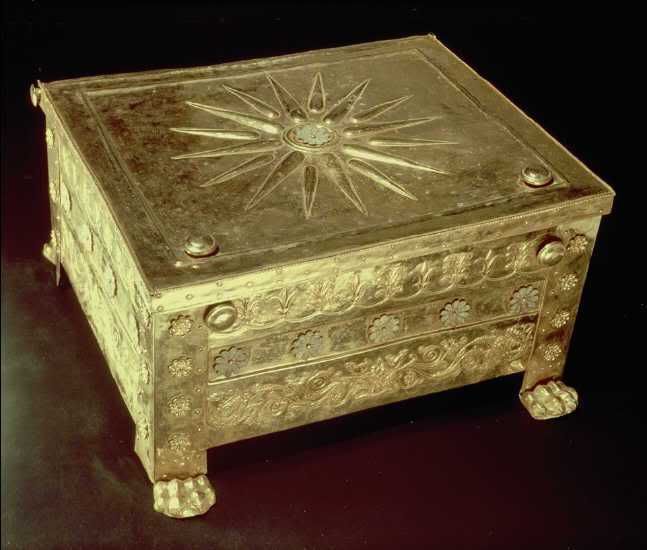
The typical Sun of Vergina is a 16-pointed Sun. It can also be found in other styles: 12-pointed or 8-pointed
What was the meaning of this symbol??
-In the typical 16-pointed Sun , the 4 rays represent the 4 elements: Earth-Ocean-Fire-Air
The other 12 rays represent the 12 Gods of Olympus.
You can see the explanation in the following animation :

-In every form, the Sun of Vergina symbolized Virginity: Goddess Athena was a Virgin, so this Sun was associated with her.
We can also find this symbol associated with Apollo. -All the versions (16,12 and 8-pointed Sun) are associated with another famous Greek symbol, the "Delphian Epsilon", symbol of Apollo:
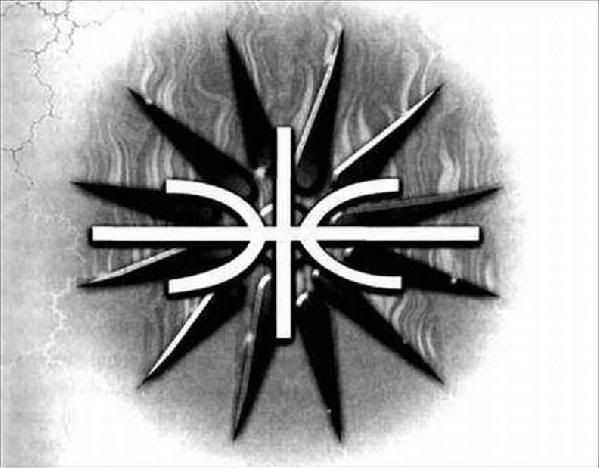
The Sun of Vergina became common art design in coins, amphoreus, wall-drawings etc long before the Macedonian royal house (the Argead Dynasty) used it.
After the unification of the Greek (Hellenic) nation under the leadership of Alexander the Great, the Sun of Vergina became the symbol of the Hellenic Ethnogenesis.
In the following replies, you will be able to see some pieces of Ancient Greek art containing the Sun of Vergina, before the rise of the Greek kingdom of Macedonia. These sun symbols are found in various Greek places, apart from Macedonia.
(In order to see the whole image, right-click on each image and press "view image" or something like that!)
Moreover, there will be a small historical flashback, in order to see the evolution of this symbol throught the ages :
The Sun of Vergina is a symbol that was widely used by Ancient Greeks.
Although it is a Panhellenic Symbol, it became famous because of the Macedonians, who were using it as Symbol of the Argead Dynasty-the Royal house of Macedon:

The typical Sun of Vergina is a 16-pointed Sun. It can also be found in other styles: 12-pointed or 8-pointed
What was the meaning of this symbol??
-In the typical 16-pointed Sun , the 4 rays represent the 4 elements: Earth-Ocean-Fire-Air
The other 12 rays represent the 12 Gods of Olympus.
You can see the explanation in the following animation :

-In every form, the Sun of Vergina symbolized Virginity: Goddess Athena was a Virgin, so this Sun was associated with her.
We can also find this symbol associated with Apollo. -All the versions (16,12 and 8-pointed Sun) are associated with another famous Greek symbol, the "Delphian Epsilon", symbol of Apollo:

The Sun of Vergina became common art design in coins, amphoreus, wall-drawings etc long before the Macedonian royal house (the Argead Dynasty) used it.
After the unification of the Greek (Hellenic) nation under the leadership of Alexander the Great, the Sun of Vergina became the symbol of the Hellenic Ethnogenesis.
In the following replies, you will be able to see some pieces of Ancient Greek art containing the Sun of Vergina, before the rise of the Greek kingdom of Macedonia. These sun symbols are found in various Greek places, apart from Macedonia.
(In order to see the whole image, right-click on each image and press "view image" or something like that!)
Moreover, there will be a small historical flashback, in order to see the evolution of this symbol throught the ages :
Note: To add an image or link in your message, use <img src="http://www.hi5.com/example.jpg"> or <a href="http://www.hi5.com/example.html">**** </a>

2000 BC: This is the time where ancient Greeks first started using the Sun symbol.
It was not standardized yet, it was a early form of the Sun of Vergina:
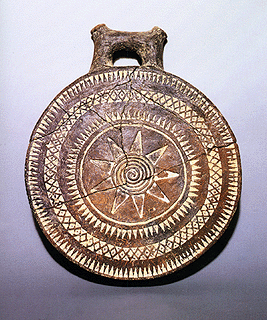
780BC: The Sun of Vergina has been standardized. The following art work shows the destruction of Troy. We can clearly see the Sun symbol in the warrior's hump.
It was found in Mykonos island :
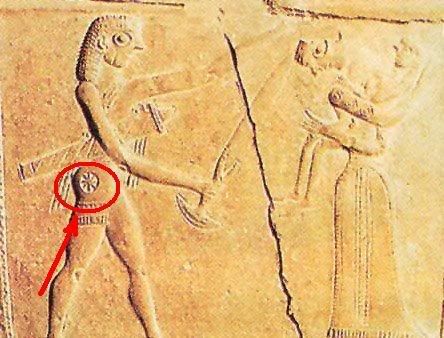
The following images are just a small sample, showing the wide usage of the Sun of Vergina in Greek Art:
Spartan Hoplite 780 BC:
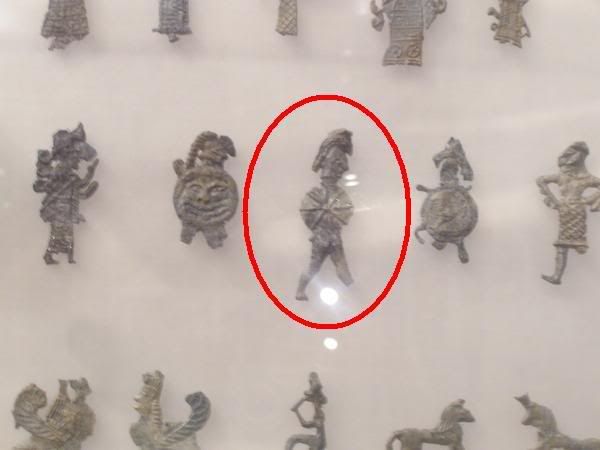
Spartan Amphoreus of 6th Century BC-Museum of Louvre:

Achilles and Ajax playing dice-6th century BC:

The return of Hephestus- 560 BC:
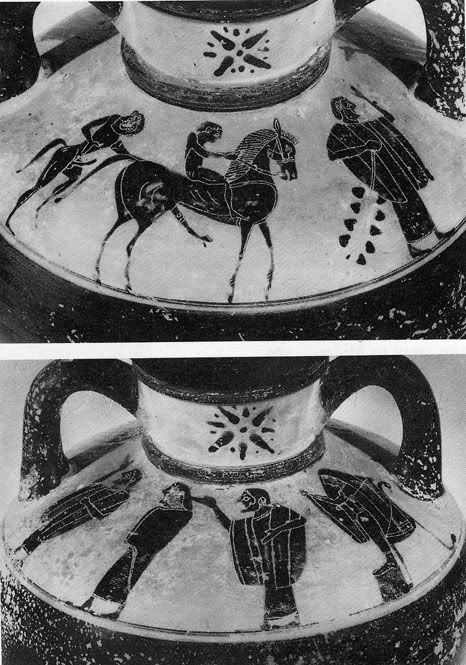
Athena and Hermes- 540 BC:

Heracles and Lernaia Hydra- 525 BC:
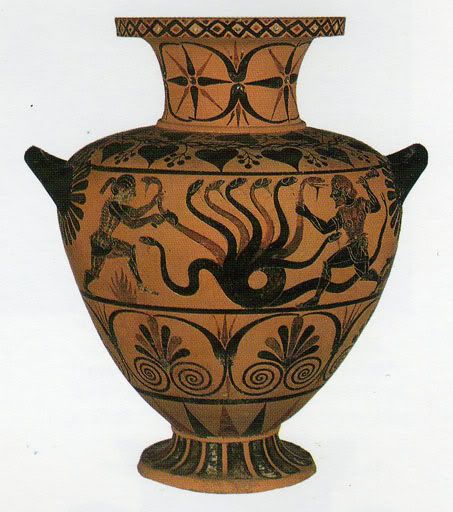
Oddyseus blinds the Cyclop, Magna Grecia- 520 BC

09-Apr-2008
13:44
2000 BC: This is the time where ancient Greeks first started using the Sun symbol.
It was not standardized yet, it was a early form of the Sun of Vergina:

780BC: The Sun of Vergina has been standardized. The following art work shows the destruction of Troy. We can clearly see the Sun symbol in the warrior's hump.
It was found in Mykonos island :

The following images are just a small sample, showing the wide usage of the Sun of Vergina in Greek Art:
Spartan Hoplite 780 BC:

Spartan Amphoreus of 6th Century BC-Museum of Louvre:

Achilles and Ajax playing dice-6th century BC:

The return of Hephestus- 560 BC:

Athena and Hermes- 540 BC:

Heracles and Lernaia Hydra- 525 BC:

Oddyseus blinds the Cyclop, Magna Grecia- 520 BC

Note: To add an image or link in your message, use <img src="http://www.hi5.com/example.jpg"> or <a href="http://www.hi5.com/example.html">**** </a>

Greek Amphoreus, Magna Grecia- 500 BC:
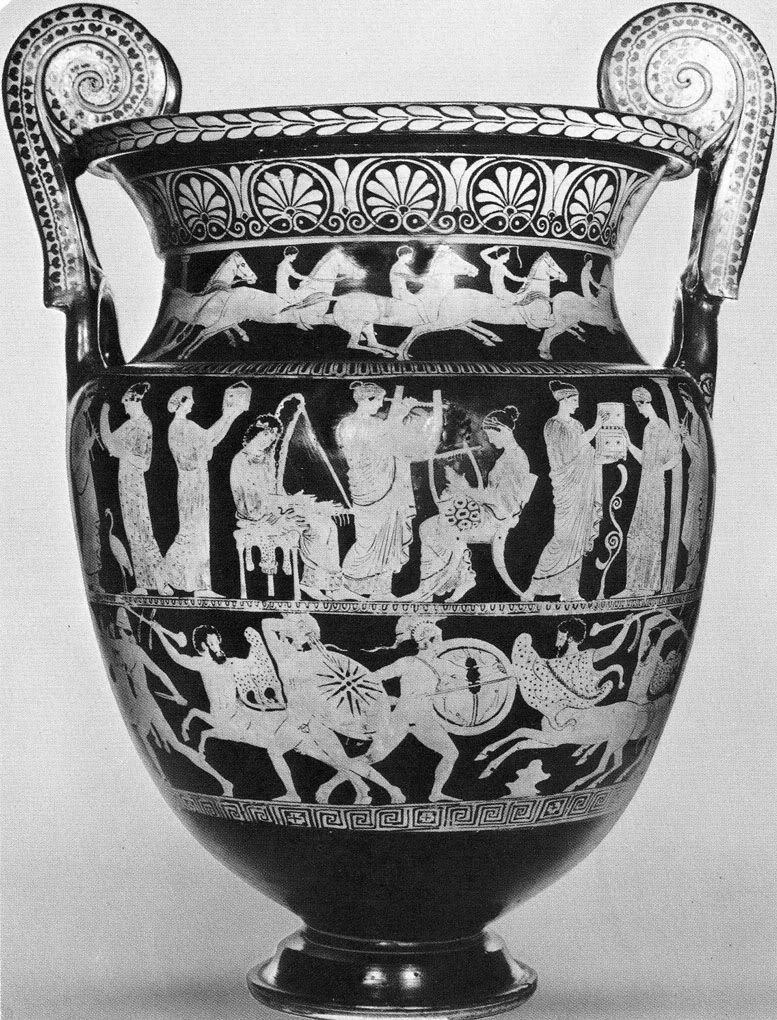
Heracles- Olympia- 500 BC:
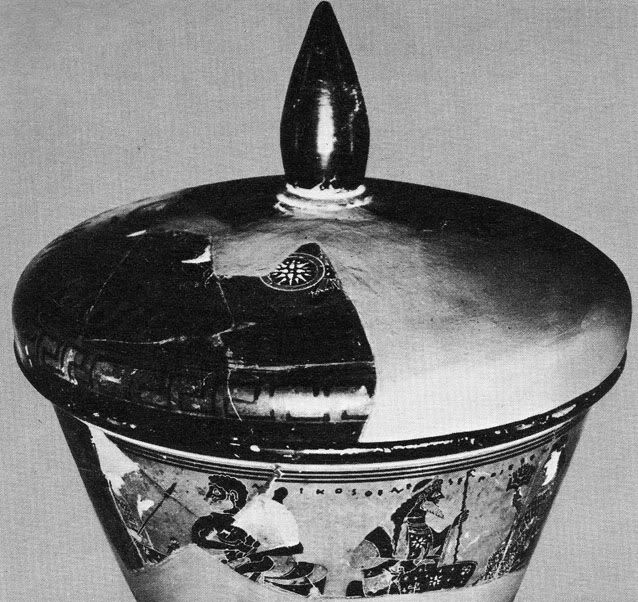
Godess Athena- 5th century BC:
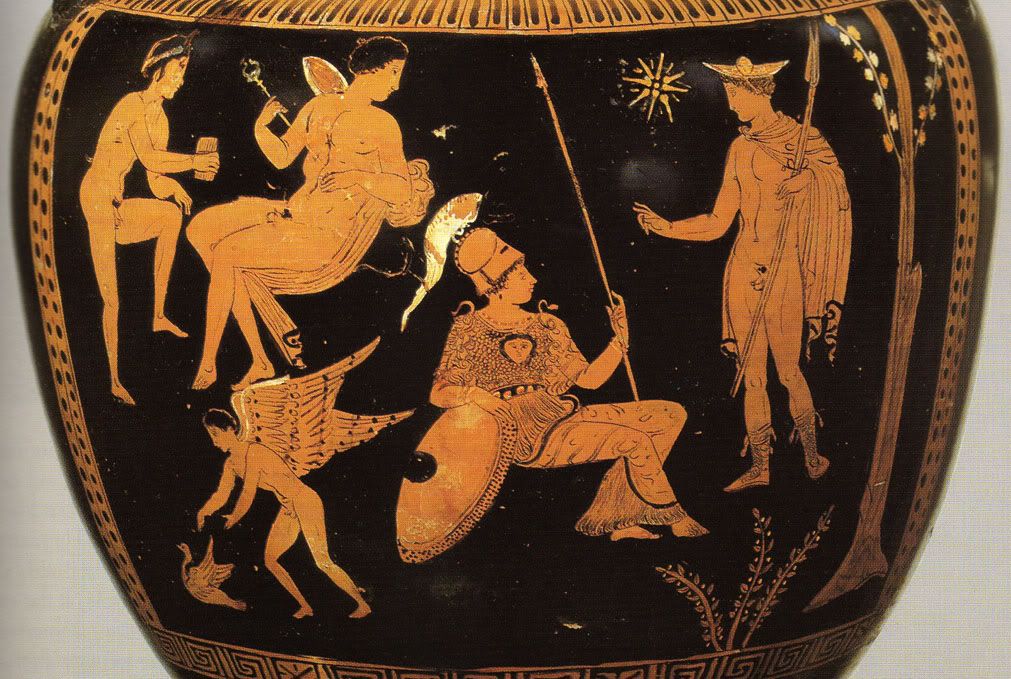
Godess Athena- 5th century BC:
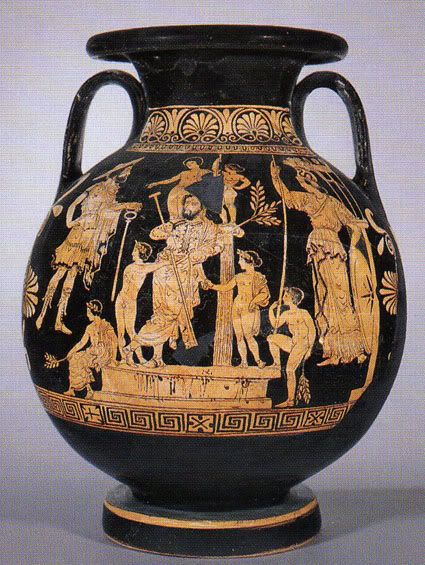
Ades-the Greek underworld- 5th century BC:
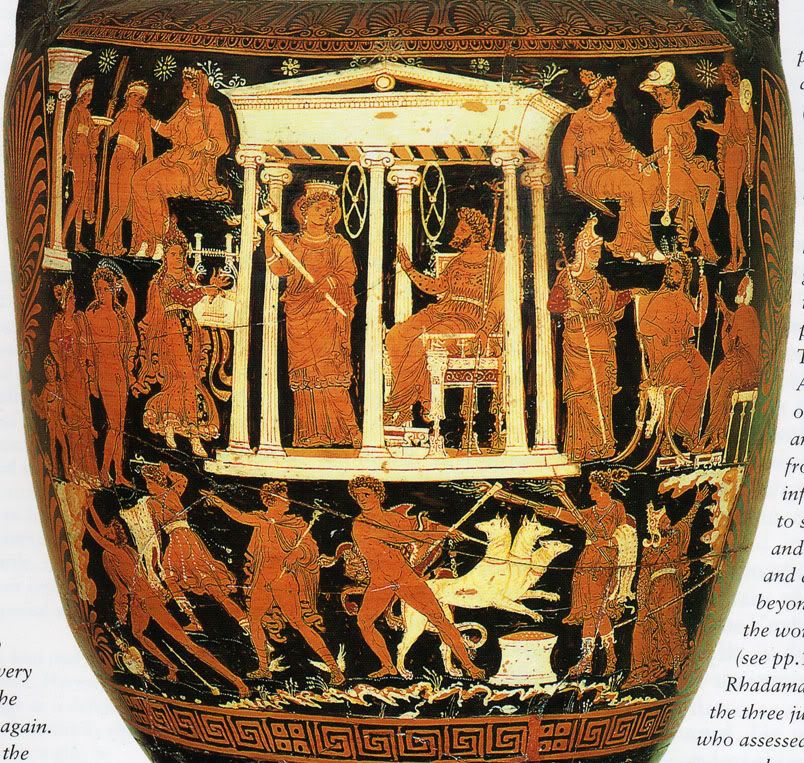
The Greek Hero Achilles, 5th century BC:
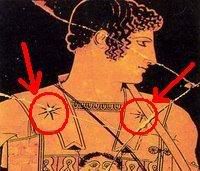
Heracles and Athena, 480 BC
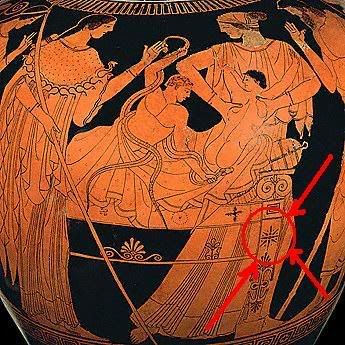
Athenian Hoplite- 480 BC:
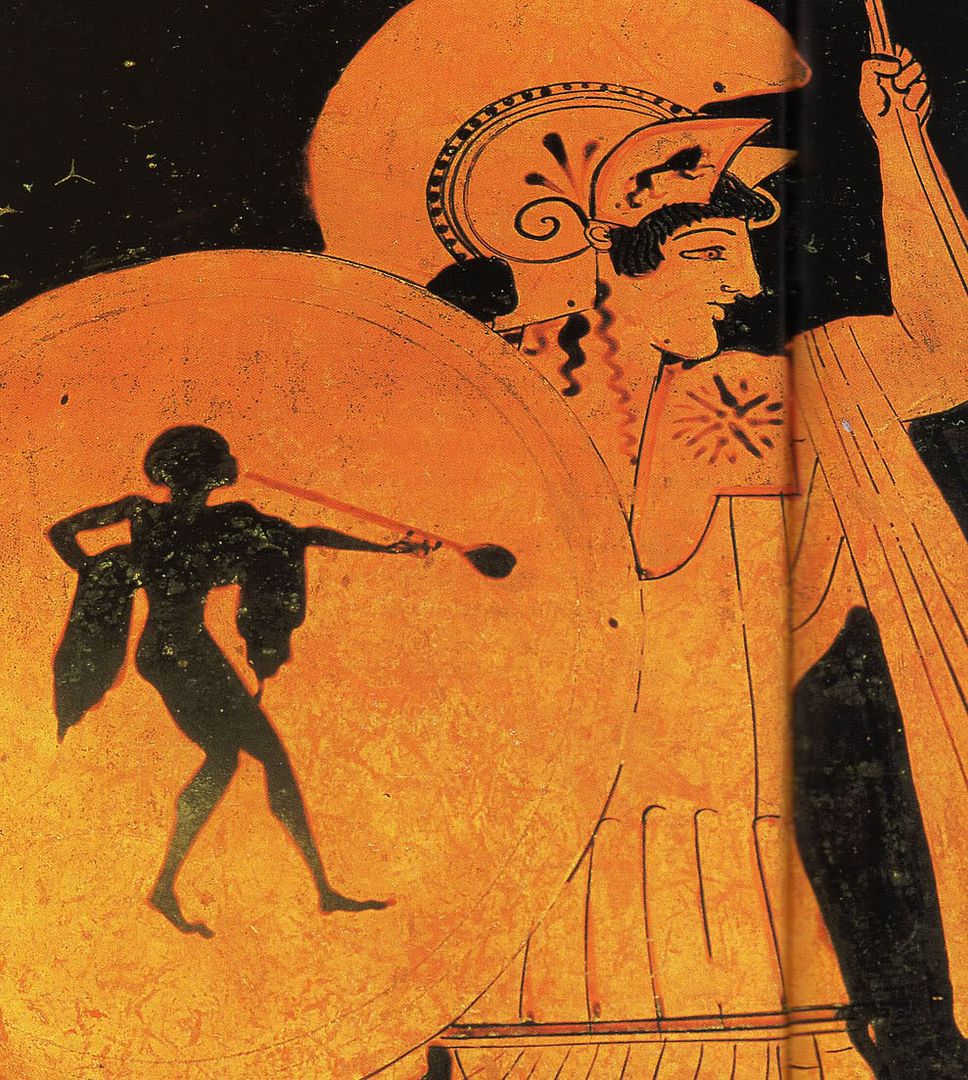
Greek hoplite departing- 450 BC
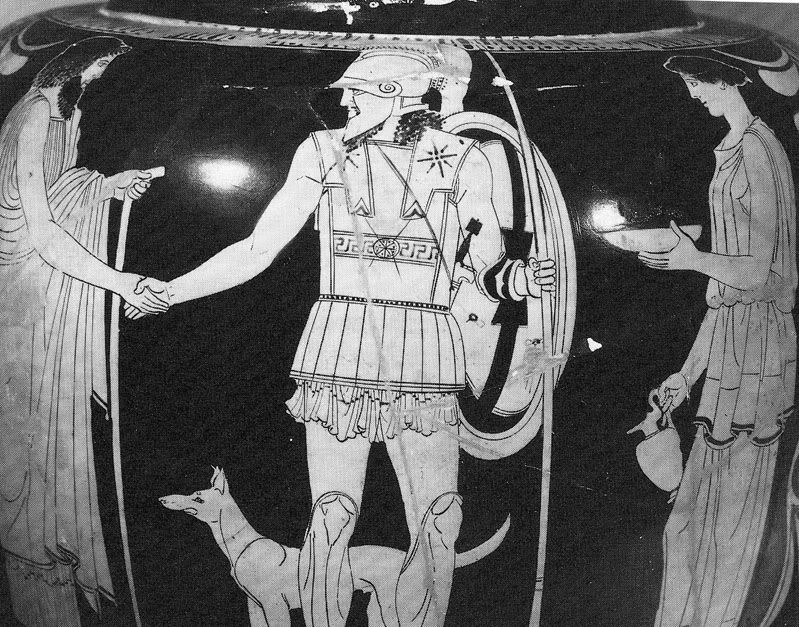
Inside the temple of Nemesis in Thamnous- 436 BC:

09-Apr-2008
13:45
Greek Amphoreus, Magna Grecia- 500 BC:

Heracles- Olympia- 500 BC:

Godess Athena- 5th century BC:

Godess Athena- 5th century BC:

Ades-the Greek underworld- 5th century BC:

The Greek Hero Achilles, 5th century BC:

Heracles and Athena, 480 BC

Athenian Hoplite- 480 BC:

Greek hoplite departing- 450 BC

Inside the temple of Nemesis in Thamnous- 436 BC:

Ancient Greek hoplites, 400 BC Museum of Napoli:
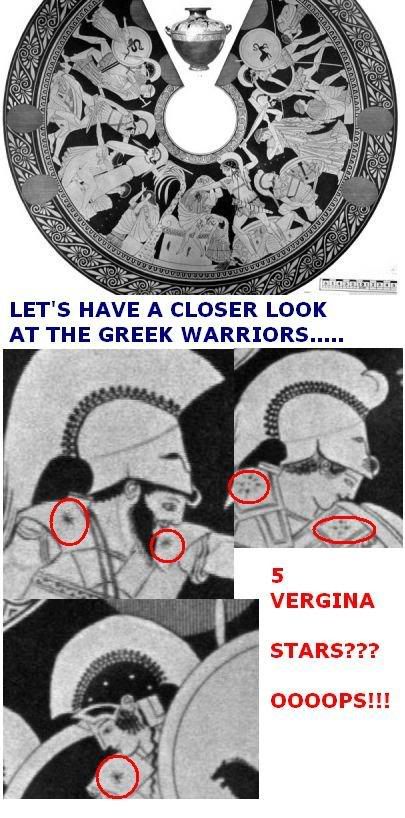
The Legent of godess Dimitra- 400BC:

Canos Vase -400 BC:
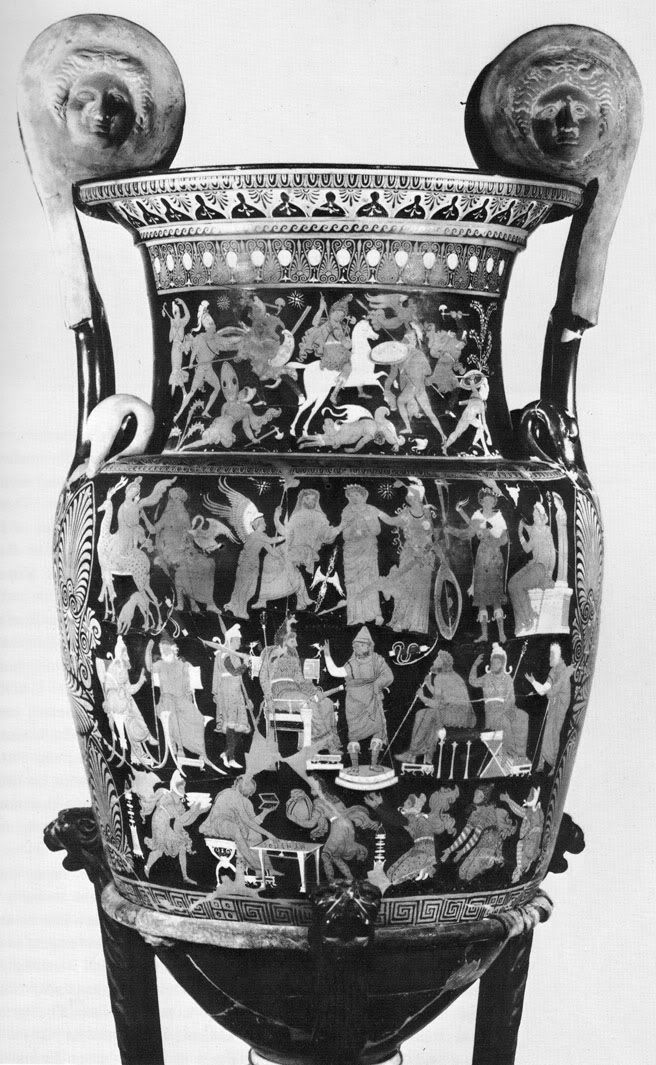
Detail of Canos Vase- 400 BC
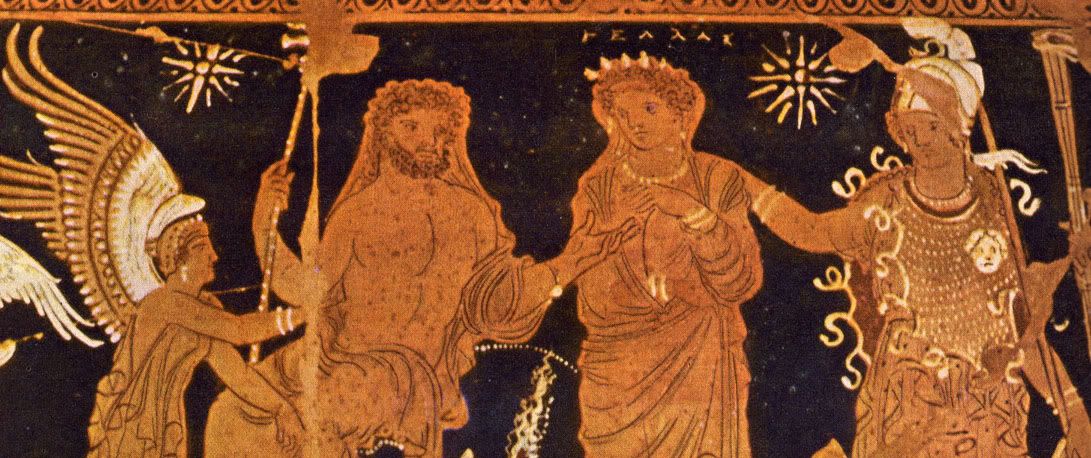
Greek Hoplite vs Persian Soldier, 4th century BC:
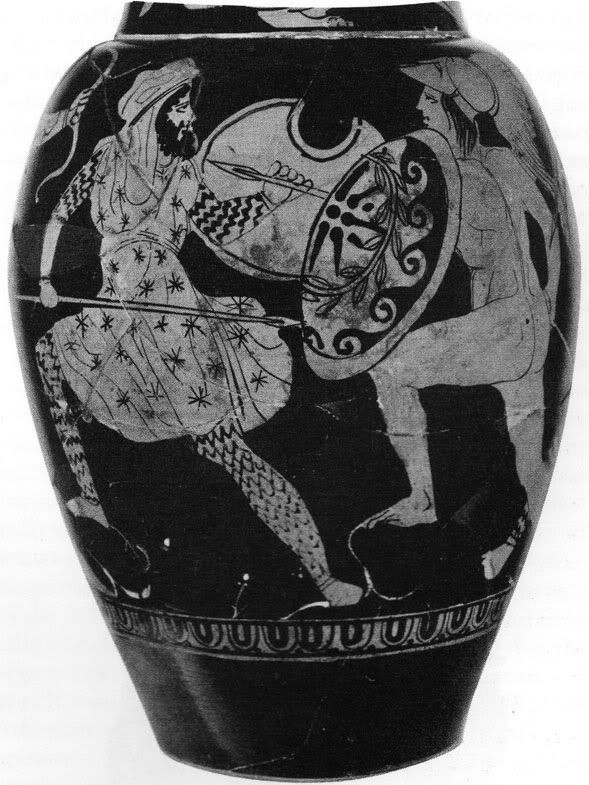
Greek Hoplite vs Persian Soldier, 4th century BC
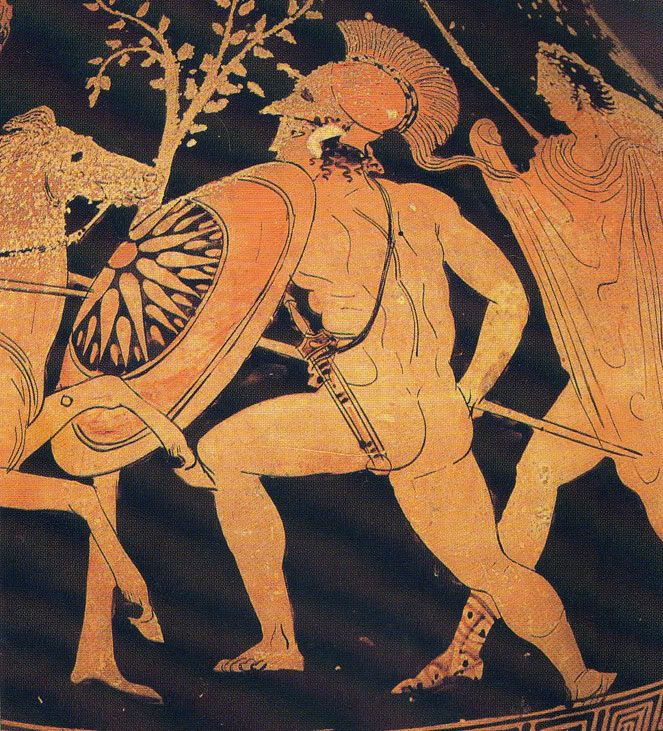
The Greek hero Perseus:
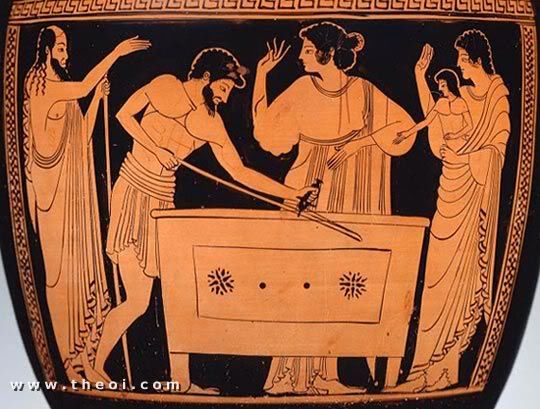
Inside the temple of Propilaia, in Acropilis:
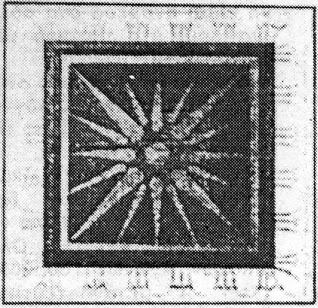
Inside Thision Temple,under the Acropolis:
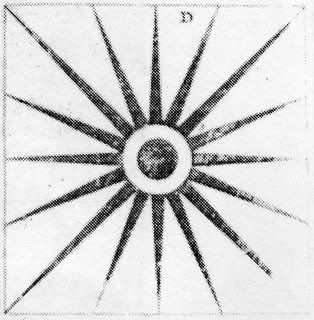
Godess Athena figure 4th century BC

Athenian Oplite,4th century BC:

Greek hoplite, 4th century BC:
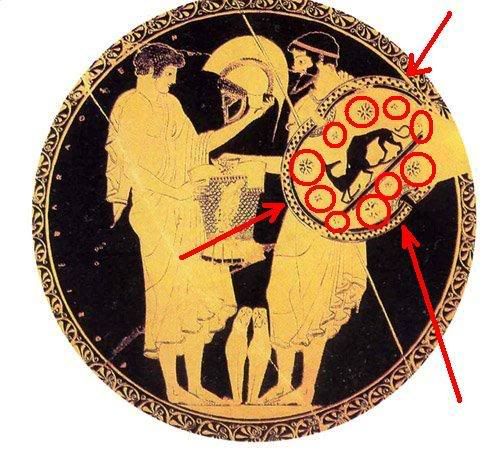
Athena and Hercules, 4th century BC:
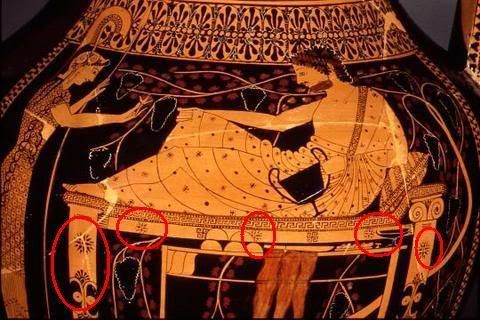
Greek coins:

Ancient Greek hoplites, 400 BC Museum of Napoli:

The Legent of godess Dimitra- 400BC:

Canos Vase -400 BC:

Detail of Canos Vase- 400 BC

Greek Hoplite vs Persian Soldier, 4th century BC:

Greek Hoplite vs Persian Soldier, 4th century BC

The Greek hero Perseus:

Inside the temple of Propilaia, in Acropilis:

Inside Thision Temple,under the Acropolis:

Godess Athena figure 4th century BC

Athenian Oplite,4th century BC:

Greek hoplite, 4th century BC:

Athena and Hercules, 4th century BC:

Greek coins:


Godess Athena,4th century BC- Louvre Museum:
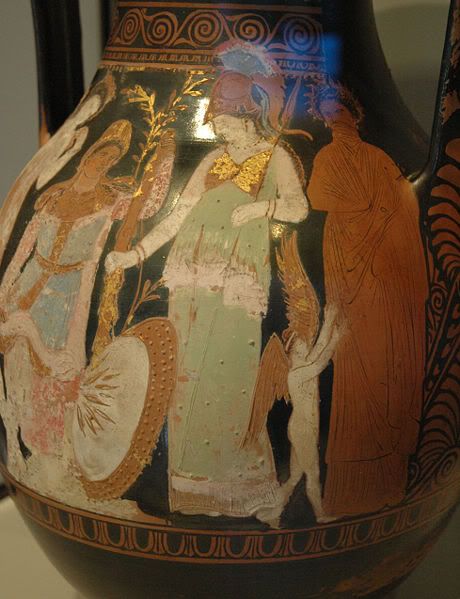
Phrixus and Elli- 4th century BC:
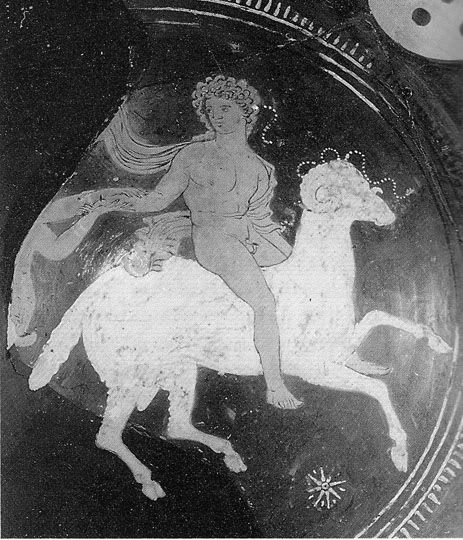
Coin of Kerkyra:
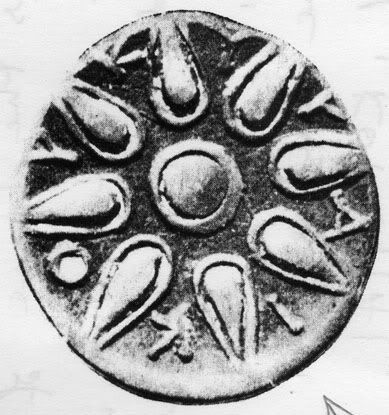
Helios(God of Sun)- Temple of Athena , Troy 4th century BC :
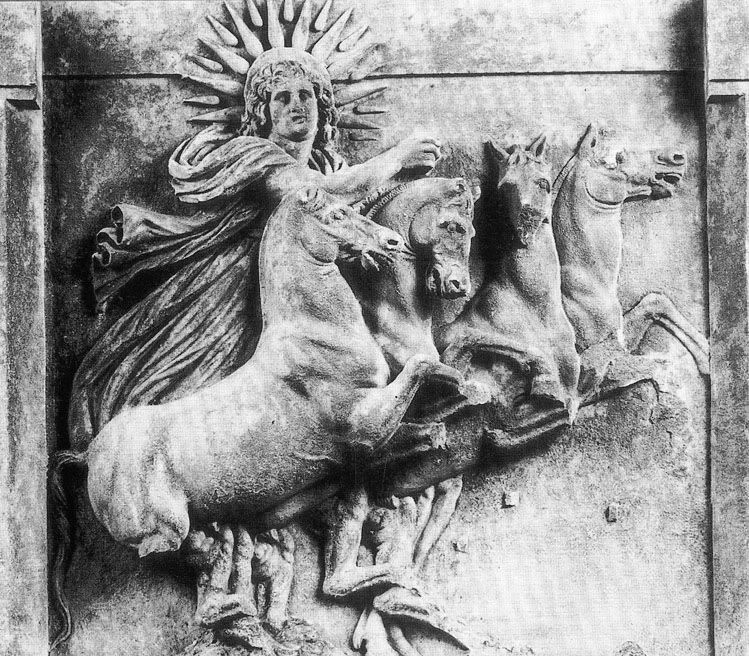
Propylaia of Elefsina: 360 BC:
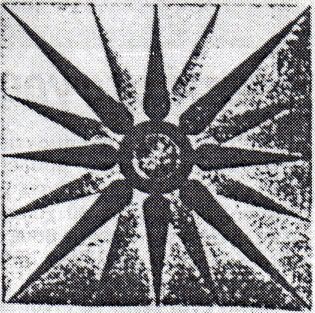
Godess Athena,4th century BC- Louvre Museum:

Phrixus and Elli- 4th century BC:

Coin of Kerkyra:

Helios(God of Sun)- Temple of Athena , Troy 4th century BC :

Propylaia of Elefsina: 360 BC:

The tradition passed from ancient Greek to Byzantine period.
As I have mentioned in my previous posts, Athena was the virgin Godess. When Christianity "arrived" in Greece, Greeks replaced Athena with the Madonna(the mother of Jesus Christ). So , Athena became the alter ego of Madonna: All the temples of Athena became churches of Madonna (including the Parthenon) and all the symbols that had connection with Athena, became Madonna's symbols. So did the Sun of Vergina: It became the symbol of Madonna!
The Byzantine Artists were calling the Sun of Vergina as "Aeiparthenon", that means "For ever Virgin".
A typical image of Madonna includes 3 Suns of Vergina (Aeiparthena). These 3 suns, as Byzantinologists say, symbolize the fact that Mary remained a virgin before the conception, during the gestation and after the birth of Jesus Christ.
The following images show the usage of the Vergina Sun in the Byzantine Empire:
The tradition passed from ancient Greek to Byzantine period.
As I have mentioned in my previous posts, Athena was the virgin Godess. When Christianity "arrived" in Greece, Greeks replaced Athena with the Madonna(the mother of Jesus Christ). So , Athena became the alter ego of Madonna: All the temples of Athena became churches of Madonna (including the Parthenon) and all the symbols that had connection with Athena, became Madonna's symbols. So did the Sun of Vergina: It became the symbol of Madonna!
The Byzantine Artists were calling the Sun of Vergina as "Aeiparthenon", that means "For ever Virgin".
A typical image of Madonna includes 3 Suns of Vergina (Aeiparthena). These 3 suns, as Byzantinologists say, symbolize the fact that Mary remained a virgin before the conception, during the gestation and after the birth of Jesus Christ.
The following images show the usage of the Vergina Sun in the Byzantine Empire:

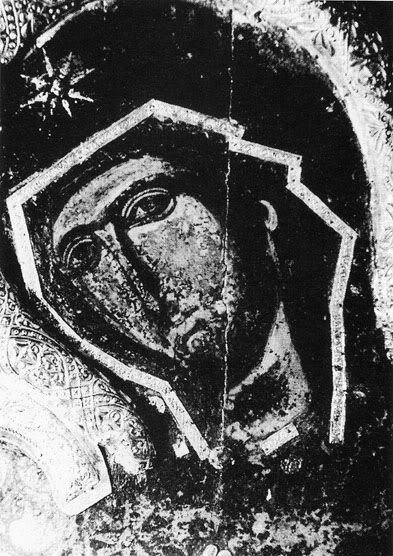
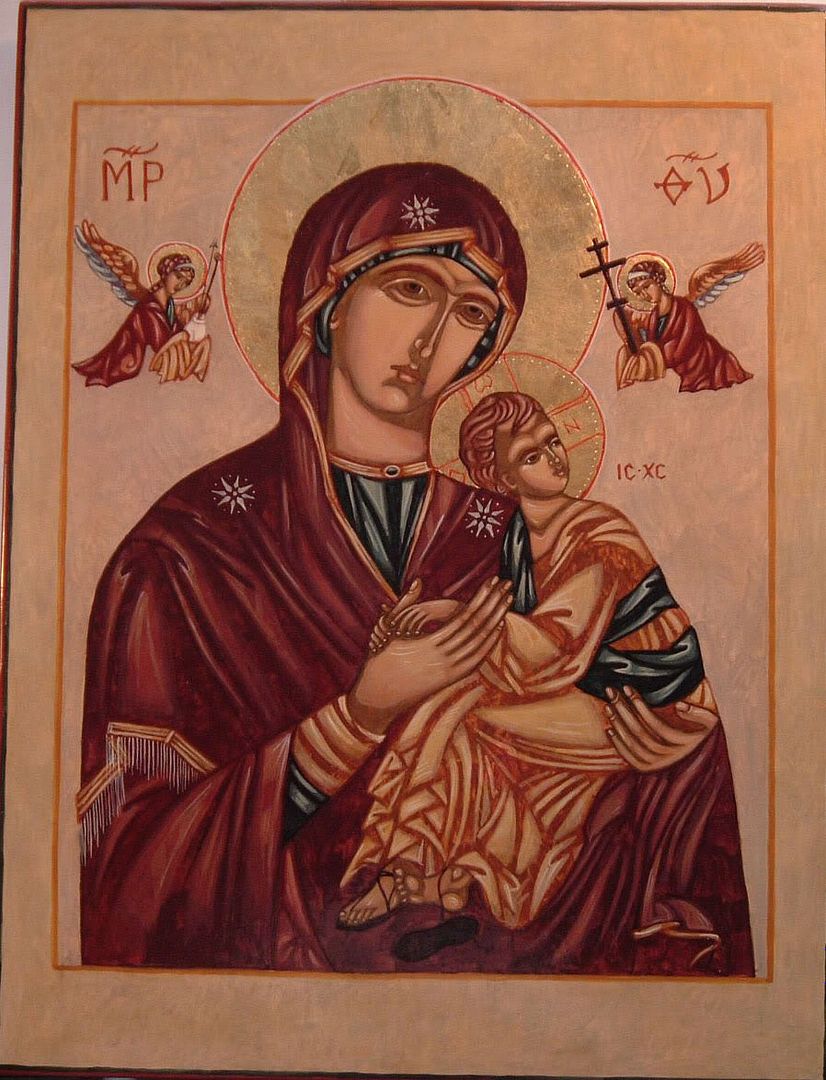
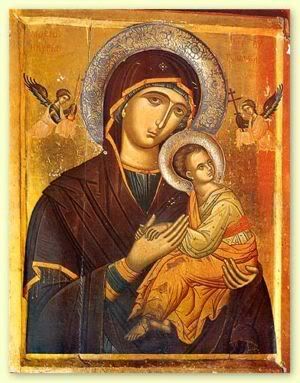
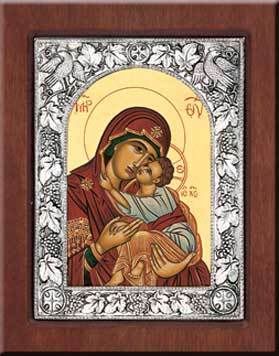











In addition, here is a collection of images that I have photographed myself:
In my birthplace, Patras, the largest temple of the Balkans is located: St Andrew.
Look at Madonna's image inside the temple:

Furthermore, here is a collection of Madonna's images in my house :

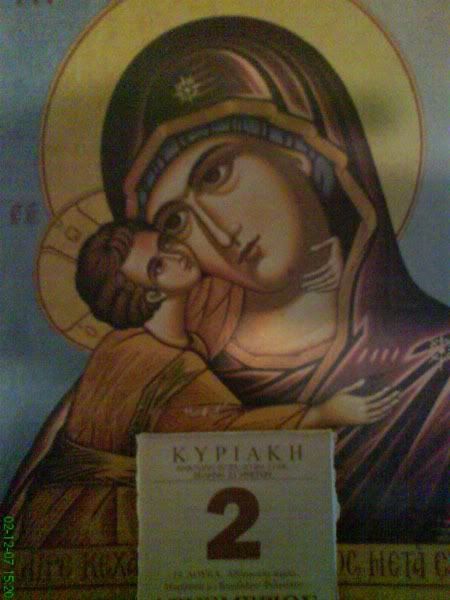
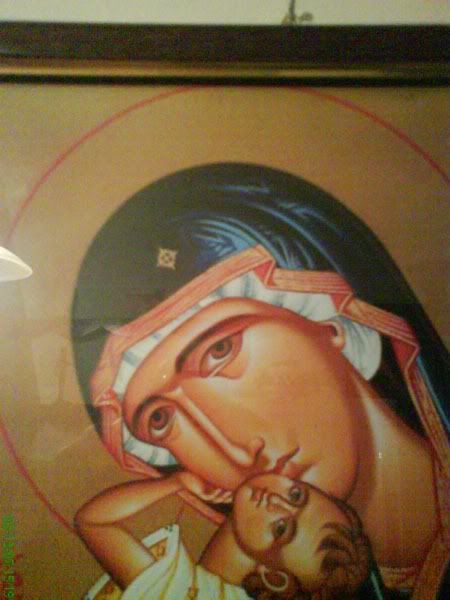
We have to note though that the "Aeiparthenon" symbol is not always like the Vergina Sun, it can be different in other Madonna images. Also we have to mention that other non-Greek christians copied that style of art and started using the "Aeiparthenon" symbol that looked like the Vergina Sun in their churches: We can find the Vergina sun in Serbian,Bulgarian and Russian churches too!!!!
Apart from Madonna, the Vergina Sun was used a s decorative inside churches. Here are some examples:
St Nicolas in Mistras, Peloponnisus:
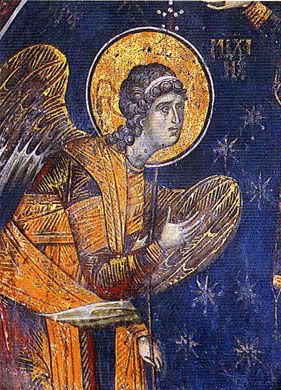
Osios Loukas church- Beotia:
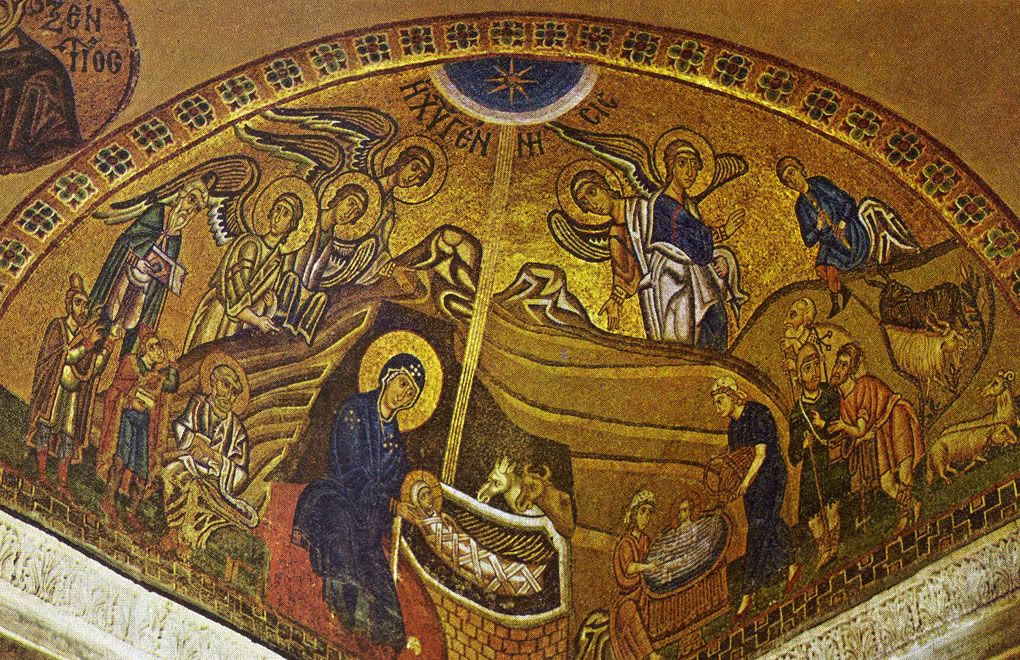
Last judgment- Mistras church, Peloponnisus:
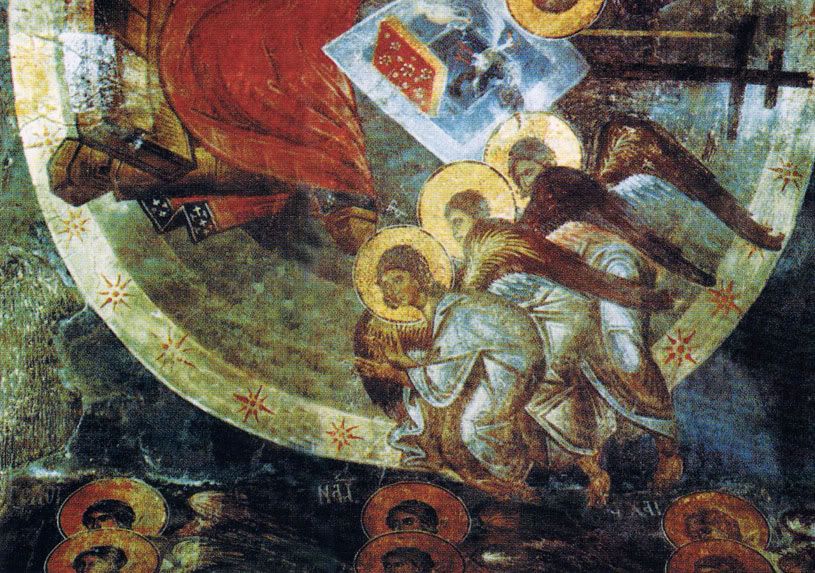
09-Apr-2008
13:47
Reply
Posted by Nikos
Although it is a Panhellenic Symbol, it became famous because of the Macedonians, who were using it as Symbol of the Argead Dynasty-the Royal house of Macedon:

The typical Sun of Vergina is a 16-pointed Sun. It can also be found in other styles: 12-pointed or 8-pointed
What was the meaning of this symbol??
-In the typical 16-pointed Sun , the 4 rays represent the 4 elements: Earth-Ocean-Fire-Air
The other 12 rays represent the 12 Gods of Olympus.
You can see the explanation in the following animation :

-In every form, the Sun of Vergina symbolized Virginity: Goddess Athena was a Virgin, so this Sun was associated with her.
We can also find this symbol associated with Apollo. -All the versions (16,12 and 8-pointed Sun) are associated with another famous Greek symbol, the "Delphian Epsilon", symbol of Apollo:

The Sun of Vergina became common art design in coins, amphoreus, wall-drawings etc long before the Macedonian royal house (the Argead Dynasty) used it.
After the unification of the Greek (Hellenic) nation under the leadership of Alexander the Great, the Sun of Vergina became the symbol of the Hellenic Ethnogenesis.
In the following replies, you will be able to see some pieces of Ancient Greek art containing the Sun of Vergina, before the rise of the Greek kingdom of Macedonia. These sun symbols are found in various Greek places, apart from Macedonia.
(In order to see the whole image, right-click on each image and press "view image" or something like that!)
Moreover, there will be a small historical flashback, in order to see the evolution of this symbol throught the ages :
The Sun of Vergina is a symbol that was widely used by Ancient Greeks.
Although it is a Panhellenic Symbol, it became famous because of the Macedonians, who were using it as Symbol of the Argead Dynasty-the Royal house of Macedon:

The typical Sun of Vergina is a 16-pointed Sun. It can also be found in other styles: 12-pointed or 8-pointed
What was the meaning of this symbol??
-In the typical 16-pointed Sun , the 4 rays represent the 4 elements: Earth-Ocean-Fire-Air
The other 12 rays represent the 12 Gods of Olympus.
You can see the explanation in the following animation :

-In every form, the Sun of Vergina symbolized Virginity: Goddess Athena was a Virgin, so this Sun was associated with her.
We can also find this symbol associated with Apollo. -All the versions (16,12 and 8-pointed Sun) are associated with another famous Greek symbol, the "Delphian Epsilon", symbol of Apollo:

The Sun of Vergina became common art design in coins, amphoreus, wall-drawings etc long before the Macedonian royal house (the Argead Dynasty) used it.
After the unification of the Greek (Hellenic) nation under the leadership of Alexander the Great, the Sun of Vergina became the symbol of the Hellenic Ethnogenesis.
In the following replies, you will be able to see some pieces of Ancient Greek art containing the Sun of Vergina, before the rise of the Greek kingdom of Macedonia. These sun symbols are found in various Greek places, apart from Macedonia.
(In order to see the whole image, right-click on each image and press "view image" or something like that!)
Moreover, there will be a small historical flashback, in order to see the evolution of this symbol throught the ages :
Note: To add an image or link in your message, use <img src="http://www.hi5.com/example.jpg"> or <a href="http://www.hi5.com/example.html">**** </a>

2000 BC: This is the time where ancient Greeks first started using the Sun symbol.
It was not standardized yet, it was a early form of the Sun of Vergina:

780BC: The Sun of Vergina has been standardized. The following art work shows the destruction of Troy. We can clearly see the Sun symbol in the warrior's hump.
It was found in Mykonos island :

The following images are just a small sample, showing the wide usage of the Sun of Vergina in Greek Art:
Spartan Hoplite 780 BC:

Spartan Amphoreus of 6th Century BC-Museum of Louvre:

Achilles and Ajax playing dice-6th century BC:

The return of Hephestus- 560 BC:

Athena and Hermes- 540 BC:

Heracles and Lernaia Hydra- 525 BC:

Oddyseus blinds the Cyclop, Magna Grecia- 520 BC

09-Apr-2008
13:44
2000 BC: This is the time where ancient Greeks first started using the Sun symbol.
It was not standardized yet, it was a early form of the Sun of Vergina:

780BC: The Sun of Vergina has been standardized. The following art work shows the destruction of Troy. We can clearly see the Sun symbol in the warrior's hump.
It was found in Mykonos island :

The following images are just a small sample, showing the wide usage of the Sun of Vergina in Greek Art:
Spartan Hoplite 780 BC:

Spartan Amphoreus of 6th Century BC-Museum of Louvre:

Achilles and Ajax playing dice-6th century BC:

The return of Hephestus- 560 BC:

Athena and Hermes- 540 BC:

Heracles and Lernaia Hydra- 525 BC:

Oddyseus blinds the Cyclop, Magna Grecia- 520 BC

Note: To add an image or link in your message, use <img src="http://www.hi5.com/example.jpg"> or <a href="http://www.hi5.com/example.html">**** </a>

Greek Amphoreus, Magna Grecia- 500 BC:

Heracles- Olympia- 500 BC:

Godess Athena- 5th century BC:

Godess Athena- 5th century BC:

Ades-the Greek underworld- 5th century BC:

The Greek Hero Achilles, 5th century BC:

Heracles and Athena, 480 BC

Athenian Hoplite- 480 BC:

Greek hoplite departing- 450 BC

Inside the temple of Nemesis in Thamnous- 436 BC:

09-Apr-2008
13:45
Greek Amphoreus, Magna Grecia- 500 BC:

Heracles- Olympia- 500 BC:

Godess Athena- 5th century BC:

Godess Athena- 5th century BC:

Ades-the Greek underworld- 5th century BC:

The Greek Hero Achilles, 5th century BC:

Heracles and Athena, 480 BC

Athenian Hoplite- 480 BC:

Greek hoplite departing- 450 BC

Inside the temple of Nemesis in Thamnous- 436 BC:

Ancient Greek hoplites, 400 BC Museum of Napoli:

The Legent of godess Dimitra- 400BC:

Canos Vase -400 BC:

Detail of Canos Vase- 400 BC

Greek Hoplite vs Persian Soldier, 4th century BC:

Greek Hoplite vs Persian Soldier, 4th century BC

The Greek hero Perseus:

Inside the temple of Propilaia, in Acropilis:

Inside Thision Temple,under the Acropolis:

Godess Athena figure 4th century BC

Athenian Oplite,4th century BC:

Greek hoplite, 4th century BC:

Athena and Hercules, 4th century BC:

Greek coins:

Ancient Greek hoplites, 400 BC Museum of Napoli:

The Legent of godess Dimitra- 400BC:

Canos Vase -400 BC:

Detail of Canos Vase- 400 BC

Greek Hoplite vs Persian Soldier, 4th century BC:

Greek Hoplite vs Persian Soldier, 4th century BC

The Greek hero Perseus:

Inside the temple of Propilaia, in Acropilis:

Inside Thision Temple,under the Acropolis:

Godess Athena figure 4th century BC

Athenian Oplite,4th century BC:

Greek hoplite, 4th century BC:

Athena and Hercules, 4th century BC:

Greek coins:


Godess Athena,4th century BC- Louvre Museum:

Phrixus and Elli- 4th century BC:

Coin of Kerkyra:

Helios(God of Sun)- Temple of Athena , Troy 4th century BC :

Propylaia of Elefsina: 360 BC:

Godess Athena,4th century BC- Louvre Museum:

Phrixus and Elli- 4th century BC:

Coin of Kerkyra:

Helios(God of Sun)- Temple of Athena , Troy 4th century BC :

Propylaia of Elefsina: 360 BC:

The tradition passed from ancient Greek to Byzantine period.
As I have mentioned in my previous posts, Athena was the virgin Godess. When Christianity "arrived" in Greece, Greeks replaced Athena with the Madonna(the mother of Jesus Christ). So , Athena became the alter ego of Madonna: All the temples of Athena became churches of Madonna (including the Parthenon) and all the symbols that had connection with Athena, became Madonna's symbols. So did the Sun of Vergina: It became the symbol of Madonna!
The Byzantine Artists were calling the Sun of Vergina as "Aeiparthenon", that means "For ever Virgin".
A typical image of Madonna includes 3 Suns of Vergina (Aeiparthena). These 3 suns, as Byzantinologists say, symbolize the fact that Mary remained a virgin before the conception, during the gestation and after the birth of Jesus Christ.
The following images show the usage of the Vergina Sun in the Byzantine Empire:
The tradition passed from ancient Greek to Byzantine period.
As I have mentioned in my previous posts, Athena was the virgin Godess. When Christianity "arrived" in Greece, Greeks replaced Athena with the Madonna(the mother of Jesus Christ). So , Athena became the alter ego of Madonna: All the temples of Athena became churches of Madonna (including the Parthenon) and all the symbols that had connection with Athena, became Madonna's symbols. So did the Sun of Vergina: It became the symbol of Madonna!
The Byzantine Artists were calling the Sun of Vergina as "Aeiparthenon", that means "For ever Virgin".
A typical image of Madonna includes 3 Suns of Vergina (Aeiparthena). These 3 suns, as Byzantinologists say, symbolize the fact that Mary remained a virgin before the conception, during the gestation and after the birth of Jesus Christ.
The following images show the usage of the Vergina Sun in the Byzantine Empire:
















In addition, here is a collection of images that I have photographed myself:
In my birthplace, Patras, the largest temple of the Balkans is located: St Andrew.
Look at Madonna's image inside the temple:

Furthermore, here is a collection of Madonna's images in my house :



We have to note though that the "Aeiparthenon" symbol is not always like the Vergina Sun, it can be different in other Madonna images. Also we have to mention that other non-Greek christians copied that style of art and started using the "Aeiparthenon" symbol that looked like the Vergina Sun in their churches: We can find the Vergina sun in Serbian,Bulgarian and Russian churches too!!!!
Apart from Madonna, the Vergina Sun was used a s decorative inside churches. Here are some examples:
St Nicolas in Mistras, Peloponnisus:

Osios Loukas church- Beotia:

Last judgment- Mistras church, Peloponnisus:

09-Apr-2008
13:47
Reply
Posted by Nikos
